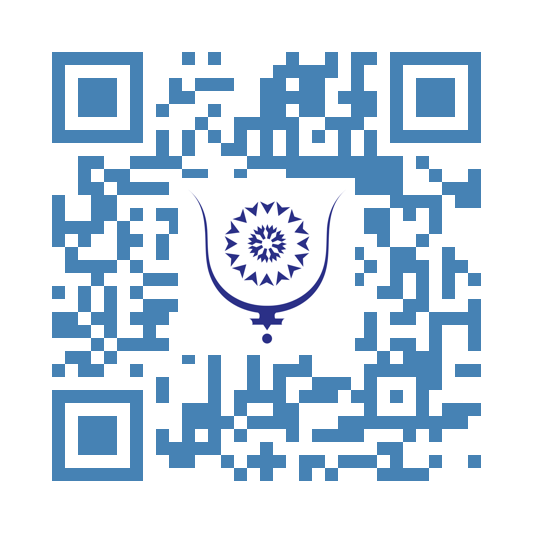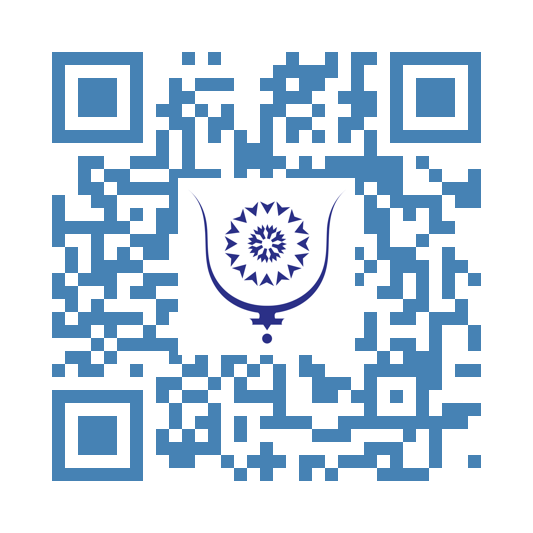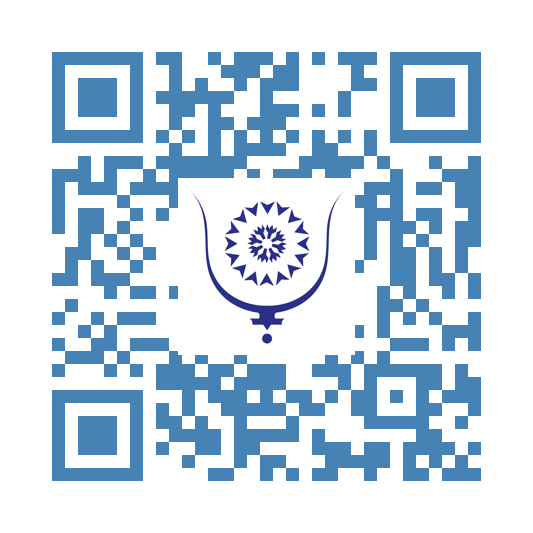1: Quantum Physics and our thoughts
4376
Quantum physics, one the most innovative fields of knowledge of modern science, tells us about a phenomenon known as the observer effect. It states that particles, in their potential state, do not have defined characteristics -such as movement or position- until they are observed. What implications does this have for our daily lives?
Our conscious attention shapes the reality around us. When we focus on something, we align our thoughts and emotions with specific energies, influencing what we manifest into our lives. I guess a good analogy would be when are tuning into a radio station that is playing our favorite song. The problem is that it works when we have either positive or negative thoughts.
The more we concentrate on something, the more the neural pathways associated with that thought become reinforced.
Similarly, another intriguing concept found in quantum physics is the quantum entanglement, where two or more particles become linked in such a way that the state of one influence the state of another, independently of how far apart they are.
With that information in mind, let's examine our thoughts. They are the result of several biochemical processes in our brains, which brings us to a question - Could it be that our thoughts or emotions impact the world around us? If so, is it possible we can influence reality simply through our thoughts?
If the answer to both questions is yes, then could it be so far-fetched to think that we could use our will to change the environment for the better? I firmly believe we can!
This phenomenon, known by many names - such as magnetism, mental power, faith or magick- invites us to recognize its existence. Quantum physics may provide, in my opinion, really good insights into its mechanisms.
As an eccentric Englishman said once, "do what thou wilt...".
Share:
Quantum Physics and our thoughts
copy:
https://bluwr.com/p/29131806
2: Thoughts and co-creation
4408
There is an ancient knowledge that says - "all is mind, the universe is mental". This statement, if we think using a more theistic view, suggests that all things in the universe are a manifestation of a primordial thought, a primeval consciousness. To put it differently, there is a primary intelligence behind creation.
As human beings we are part of this universe, this so-called creation. Given this premise, would it be wrong to assume that we could do the same? In other words, couldn't we be co-creators in this all? In my previous writing I discussed how we could use the principles of quantum physics to reshape our reality using our thoughts. Well, if all is mind, for sure we are co-creators!
We already engage in co-creations every day. Through our thoughts we change the world when create art, to engineer new technologies, or express novel ideas. Could we take this further? Could we use our minds alone to modify the reality around us? I believe we can.
Our minds don't think in words, these are mere abstractions created for communication. Instead, we think in images and mental pictures. For instance, when we feel thirsty, we don't simply think of the word "water" but envision a glass or a bottle. In other words, we use symbols to express our ideas. These symbols can be incredibly powerful in guiding and influencing us at every moment - just look at why companies invest so heavily in their logos and show them as much as they can.
In summary, we think using symbols, and the most effective way to access them is through mental imagery or representations. Now, could we leverage these mental pictures and our concentrated will to alter the reality around us? Could our thought, when generated and guided with strong intention, be powerful enough to vibrate particles around us and initiate co-creations?
We do that on a daily basis but, often unconsciously. "Know thyself" like some ancients advised, is the first step toward mastering our thoughts and consciously using them to our benefit.
Share:
Thoughts and co-creation
copy:
https://bluwr.com/p/30007814
3: Emotions and knowing oneself
4639
How can our emotions affect our thoughts and attitudes? That is easy to answer. We are emotional beings, and as such, many of us are guided by feelings rather than reason.
For example, when someone annoys us, our immediate reaction is often frustration or anger. On the other hand, when someone treats us kindly, we typically feel gratitude and warmth. These emotional responses create a cycle in our daily lives that we often don't perceive.
How can we start notice these patterns? Remember the "know thyself"? It is crucial. gaining a deeper understanding of ourselves is challenging, but it helps identify what triggers our strongest emotions and how we respond to them. By recognizing our emotional responses, we can take steps to manage, and eventually controlling, them and even transform our environment.
A significant barrier to self-awareness is the masks we wear. Many of us tries to present a curated version of ourselves, shaped by cultural expectations and past experiences. This creates layers of "costumes" that can obscure our true identity. We often assert, "I am this" or "I am that", but have we truly examined who we are beneath those labels?
We tend to showcase only our positive traits, hiding our flaws because they are seen as undesirable. It is essential to acknowledge that we all have imperfections. Rather than making excuses for our "dark side", we should recognize it and seek ways to improve. Just as we aim to enhance our strengths, we should also commit to learning from our challenges.
The path to understanding our true selves -accepting both our strengths and weaknesses- guides us toward mastering our emotions. This self-awareness, along with a balanced self-acceptance (without justifying negative behaviors), enables us to respond more thoughtfully to the world around us.
To conclude, here are three quotations that encapsulate my thoughts:
- "Self-knowledge is the beginning of self-improvement." - Unknown
- "Emotions are like waves. We can't stop the waves, but we can learn to surf." - Jon Kabat-Zinn
- "The greatest discovery of my generation is that a human being can alter his life by altering his attitude". William James
Share:
Emotions and knowing oneself
copy:
https://bluwr.com/p/30405387
4: About symbols and sigils
4530
Symbols play a crucial role in our daily lives, shaping how we communicate and interpret the world around us. A symbol can be defined as an image, mark, or word that represents an object, concept, or abstraction. Carl Jung offers a profound exploration of this concept in his theory of aesthetics, emphasizing the psychological significance of symbols in our collective unconscious.
Names are powerful symbols that engrave our identity in society. They carry personal history, culture, and meaning, helping us connect with others. Signatures serve a similar purpose, representing not just our names but also our intentions and agreements on various documents, from contracts to checks.
Pins and passwords, too, can be viewed as symbols. They are abstractions we create to access personal or confidential information, representing trust and security in our digital interactions. Each type of symbol functions as a key to unlocking different facets of our identity and intentions.
In essence, symbols can be categorized into two main types: disclosed and undisclosed. Disclosed symbols, like names and logos, are public and widely recognized, while undisclosed symbols, such as passwords and personal codes, are private and hold significance only for their creators.
Sigils, a specific type of symbol, are often used in magical practices to invoke particular intentions or extradimensional entities. Traditionally, these symbols acted like a “telephone” to connect with these entities, serving as a means to channel one’s desires into the universe. In modern contexts, particularly within chaos magic, sigils are used to anchor one’s will to manifest specific goals, such as personal success or emotional healing.
Interestingly, we encounter sigils daily, often without realizing it. Our names serve as disclosed sigils, necessary for identification in various activities—from registering for events to establishing online identities. Pins and passwords act as undisclosed sigils, known only to us and provide access to our personal digital realms, such as social media accounts or banking information.
We are constantly surrounded by both created and absorbed sigils. From the brands we encounter to the symbols we personally create (like affirmations or vision boards), these sigils influence our thoughts and actions on both conscious and unconscious levels. Grant Morrison’s observation that "corporate sigils are super-breeders; they invade unbranded imaginative space" speaks to how commercial symbols can shape our desires and identities, often without our awareness.
This brings us to a question: Do we unknowingly practice magick in our everyday lives? The rituals we perform—whether it’s setting intentions for the day or using symbols to navigate our environments—suggest that there may be more to our actions than mere routine. Ancient practitioners of magick often blurred the lines between what we now categorize as science and spiritual practice. They observed natural phenomena, conducted experiments, and created systems of understanding that predate modern scientific terminology.
By examining the interplay between symbols, sigils, and our daily actions, we can appreciate the deeper meanings and influences that shape our lives. Symbols are not just marks or images; they are powerful tools that connect us to our identities, intentions, and the world around us.
Share:
About symbols and sigils
copy:
https://bluwr.com/p/31428121




